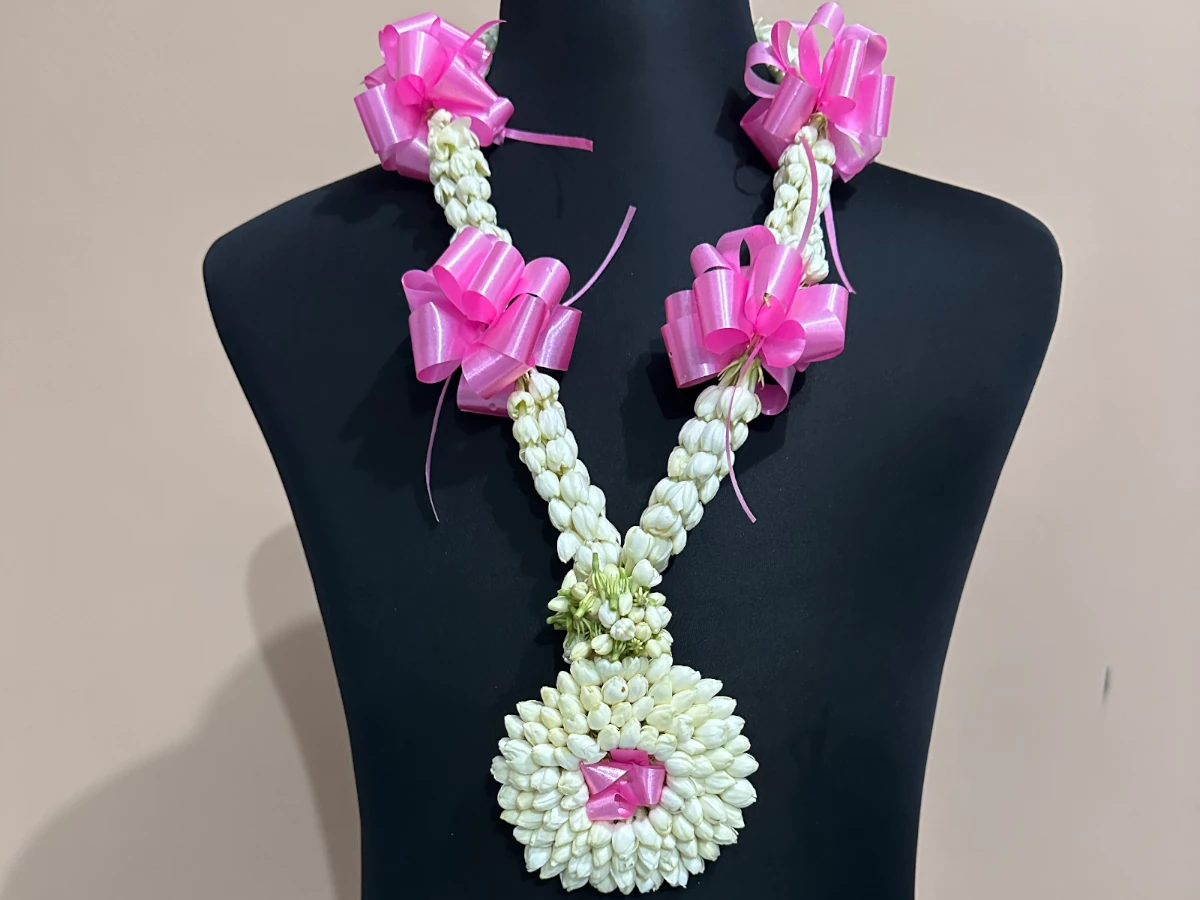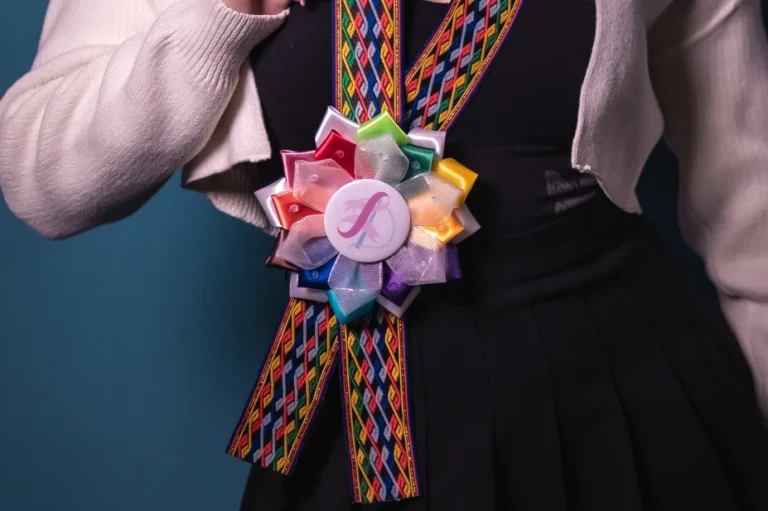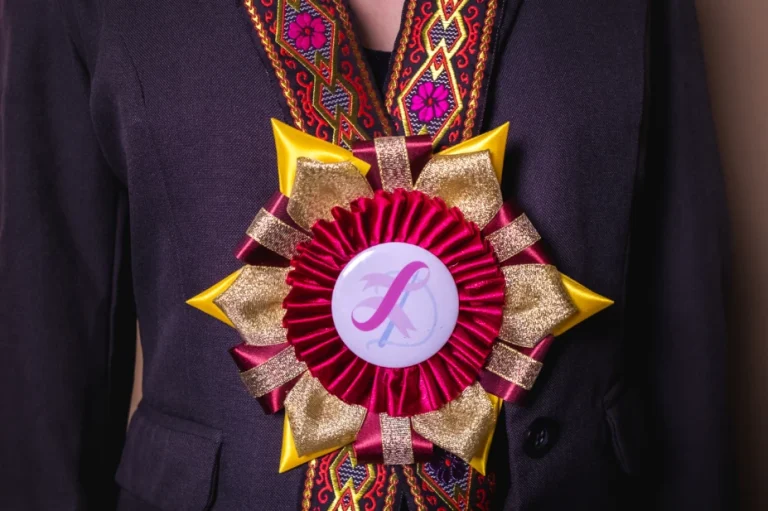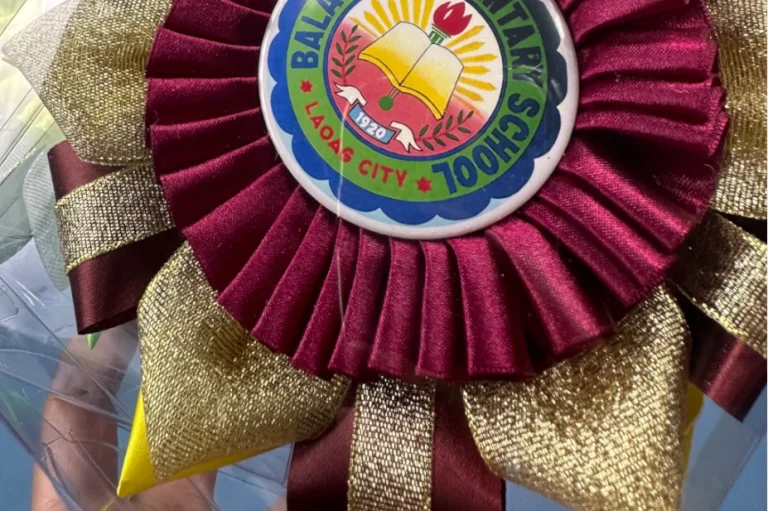Sampaguita Necklace in the Philippines and its Significance
In the Philippines, the sampaguita necklace isn’t just a floral accessory. It’s a fragrant journey through our history and culture. These delicate lei garlands, made from the sweet-smelling Jasminum sambac flower, tell a tale of simplicity, spirituality, and cultural pride.
History of Sampaguita Necklace
The Philippine’s national flower, the sampaguita, has been with us since ancient times. Back in the pre-colonial era, our ancestors adorned themselves with these aromatic blooms during celebrations and rituals. Over time, this tradition evolved. And sampaguita necklaces became a symbol of purity and spiritual significance.
What Does Sampaguita Necklace Represents
Beyond being a mere accessory, the sampaguita necklace holds deep cultural meaning. Its pure white blossoms symbolize virtues like humility, piety, and resilience. You’ll often spot it in religious ceremonies,. Where it becomes a visual expression of our unwavering faith and cultural identity. Churchgoers would often purchase these sampaguita garlands from street vendors. They are typically put on their religious statues at home.
Versality of Sampaguita
What’s remarkable about the sampaguita necklace is its versatility. From weddings to everyday life, it’s a go-to accessory for Filipinos. The delicate garlands worn around the neck, also find a place in religious events. Adding a touch of spirituality to the visual event.
But it’s not just for special occasions. Sampaguita necklaces also make heartfelt gifts, representing friendship, love, and goodwill. Beyond the fragrant petals, it’s a shared connection and a celebration of our cultural heritage.
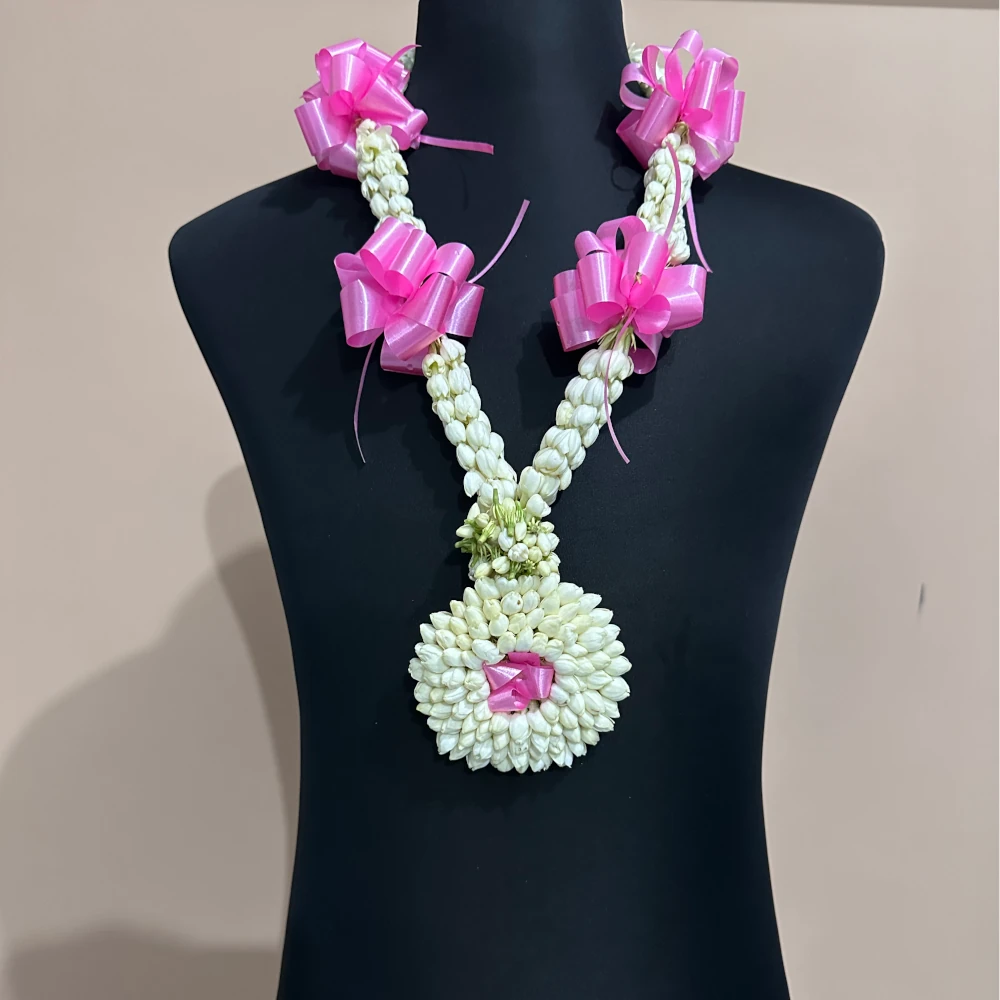
Crafted with Care by Sampaguita Necklace Makers
Behind each sampaguita necklace is a thriving cottage industry, supporting local artisans. These skilled hands weave the delicate flowers into intricate patterns. Creating stunning necklaces that captivate locals and tourists alike. The craft isn’t just an art form; it’s an economic force. This is especially true during festivals and special occasions.
More than Adornment
In our diverse culture, the sampaguita necklace is more than adornment. It’s a living symbol that weaves together tradition, spirituality, and artistry. As we wear these fragrant garlands, we carry with us the essence of a nation that values simplicity, resilience, and cultural richness.
Beyond Religious Moments
While often part of religious ceremonies, sampaguita necklaces also find a place in graduations. Graduates clad in their graduation toga receive these floral accessories as symbols of their academic achievement. During graduation season, these fragrant necklace becomes a graduation leis. It adds another layer to the versatility of this cultural accessory, making it part of various milestones in Filipino lives.
A Testament to Culture
In a world that changes fast, the sampaguita necklace remains a testament to the enduring beauty of Filipino culture. Its fragrant blooms, delicately woven into garlands, speak of cultural richness that stands the test of time. The sampaguita necklace doesn’t just add beauty to those who wear it; it’s a living reminder of our resilience and cultural richness.
The sampaguita necklace is deeply rooted in our history and culture. It is more than just an accessory. It’s a fragrant thread connecting us to tradition and spirituality. As we wear these garlands, we carry the sweet scent of our cultural heritage. Thus bridging the past with the present. It’s a symbol that stands the test of time, reminding us of the enduring beauty and richness of being Filipino.
